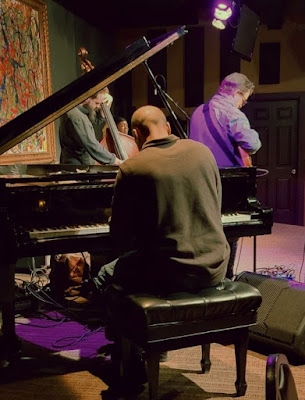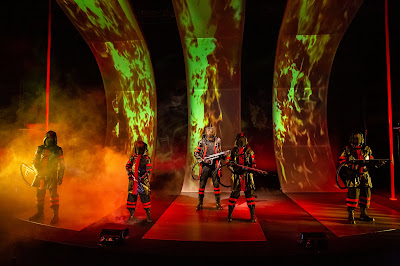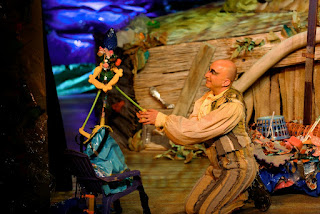Guest artists dominate (and literalize) ISO's 'Greetings from Germany'

Putting teeth into it: Kevin John Edusei Though the chief work on this weekend's Indianapolis Symphony Orchestra' s Classical Series is the orchestral crown of Johannes Brahms' long residency in Vienna, his Symphony No. 4 in E minor owes its introduction to the world to the conductor Hans von Bulow's connection with Meiningen, Germany, and its famous orchestra. Advocacy of baton-wielders has long been central to new music's success. Further underlining of the authenticity of the program's "Greetings from Germany" title is the presence of two superb German guest artists: Kevin John Edusei, conductor, and Maximilian Hornung, cello soloist. Both are making local debuts, and the return of either to the Hilbert Circle Theatre stage would be welcome. The one repeat of Friday's program will be this afternoon at 5:30. Edusei favors an unconventional seating for the strings that is said to be widely preferred by German conductors. Left to right toward the




